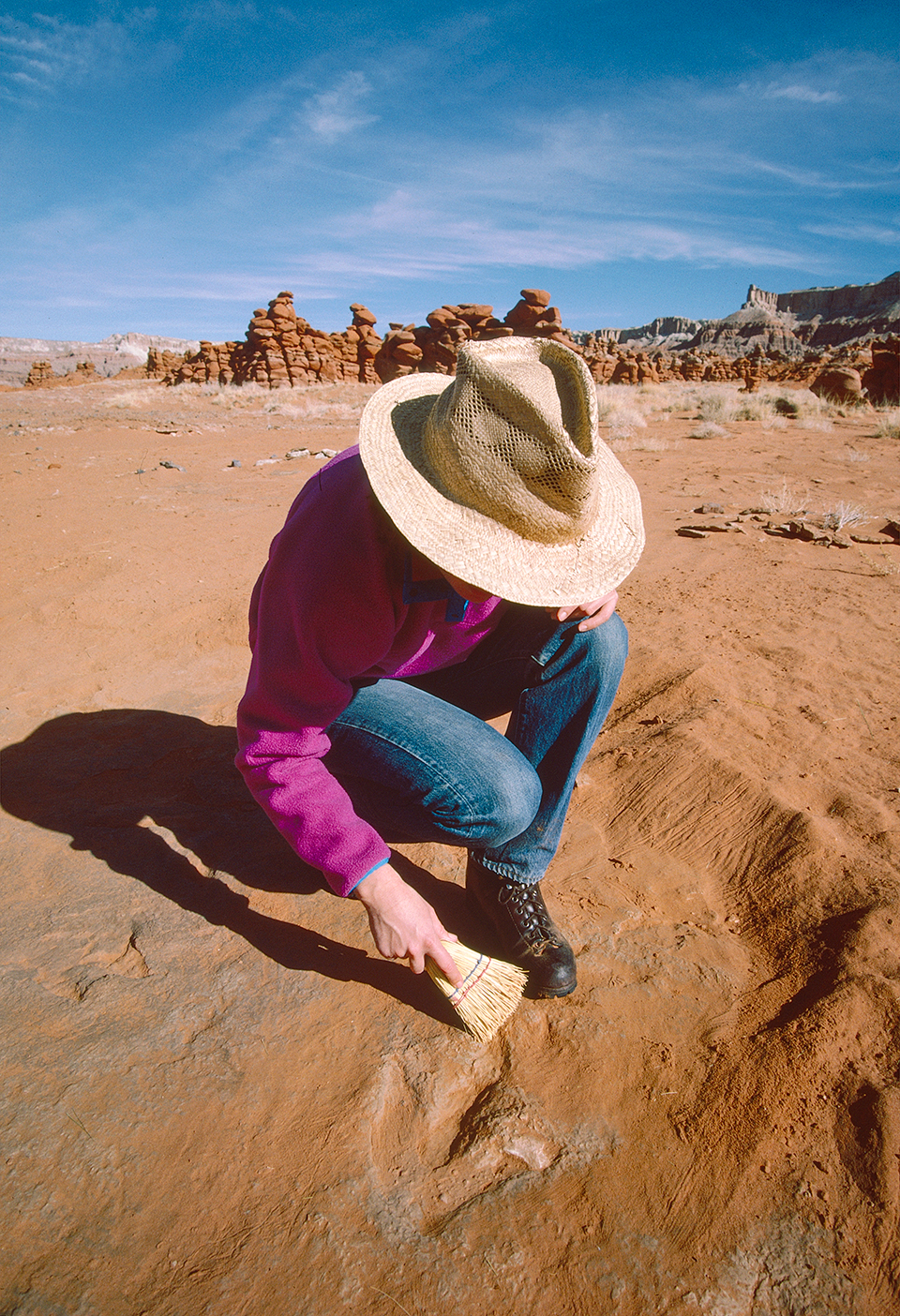Like many photographers, I got my start behind a camera while doing something else. In my case, after graduating from Iowa State University with a degree in wildlife biology, I worked as a seasonal ranger and guide at Wind Cave National Park in South Dakota. One of my jobs was to give slide presentations at the park’s campground, and I became interested in making photos of my own to augment the slide file. A college friend in the U.S. Navy bought a Pentax Spotmatic for me overseas, and I learned the craft from other rangers and later used the park’s camera gear to make photos of bison, wildflowers and other sights there.
That led to my first professional photography job, at Grand Canyon National Park, and I’ve been shooting ever since. At the Canyon and other locations, I’ve been able to focus on another interest of mine, which is geology. It’s one thing to make a beautiful photo, but I’ve often tried to frame my images in a way that highlights certain rock layers or other geological points of interest. That was certainly the case with this image, which I made in January 1986 at a site east of Cameron, in the Painted Desert of Northeastern Arizona.

I was on a trip to the area with Scott Madsen, a paleontologist who’d been searching for a dinosaur trackway site in the Painted Desert. Scott had come across an old photo in a book from the 1930s, then hunted for the site by trying to match it to the rocks in the photo’s background. After finding it, he spent several days sweeping away sand to reveal the tracks.
The site is extremely remote, requiring miles of driving on sandy two-track roads; very few people outside of the paleontology community would have visited it. When we made our trip, we took along bottles of water and paintbrushes so we could “paint” the individual tracks to make them stand out in a photo. It was a race to get it done, because the water was evaporating faster than we could paint the tracks. It also was important for me to include the context of the layered rock formations near the tracks. The result was an image that combines my dual interests of geology and photography in an appealing and interesting way.

